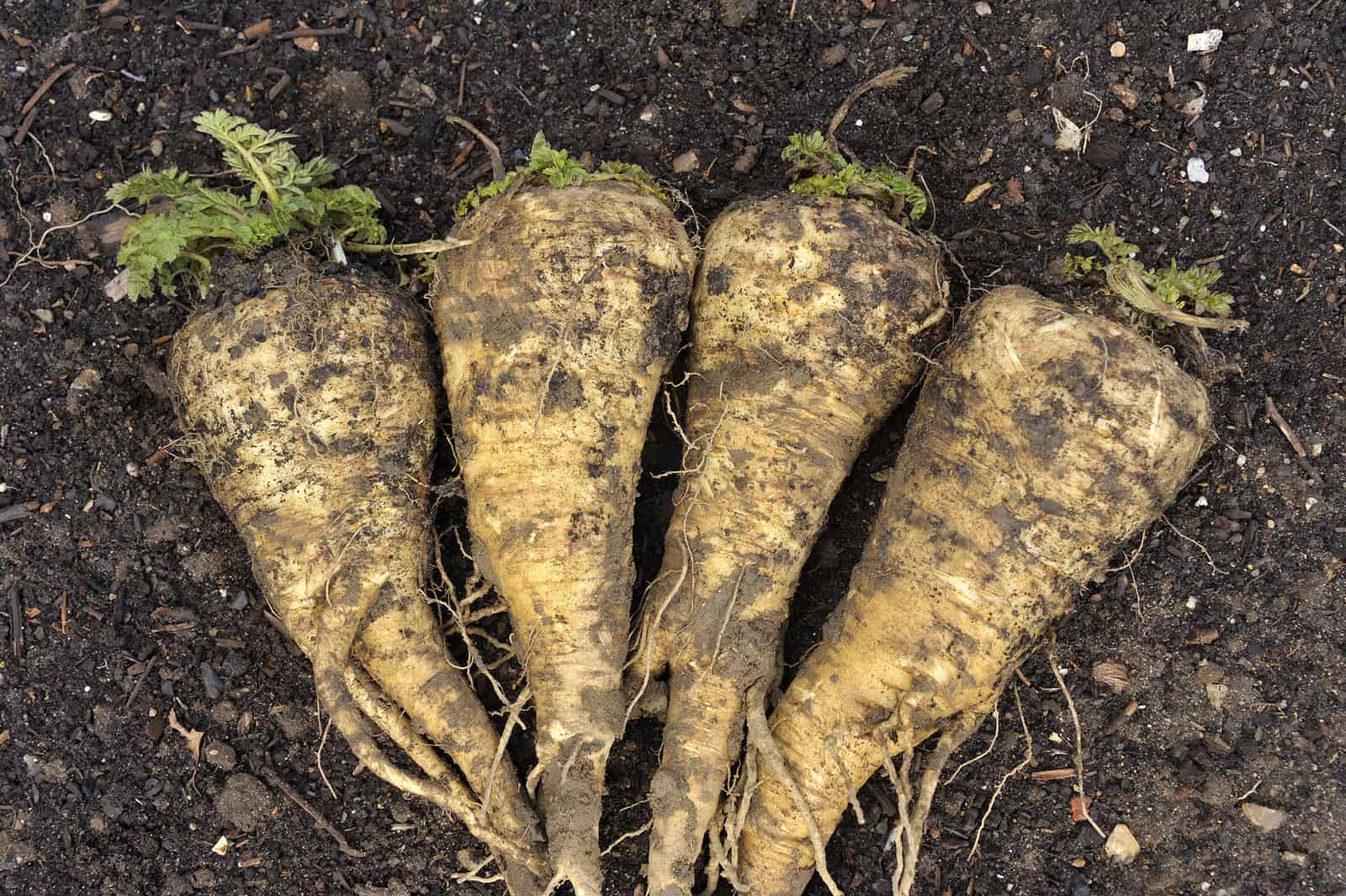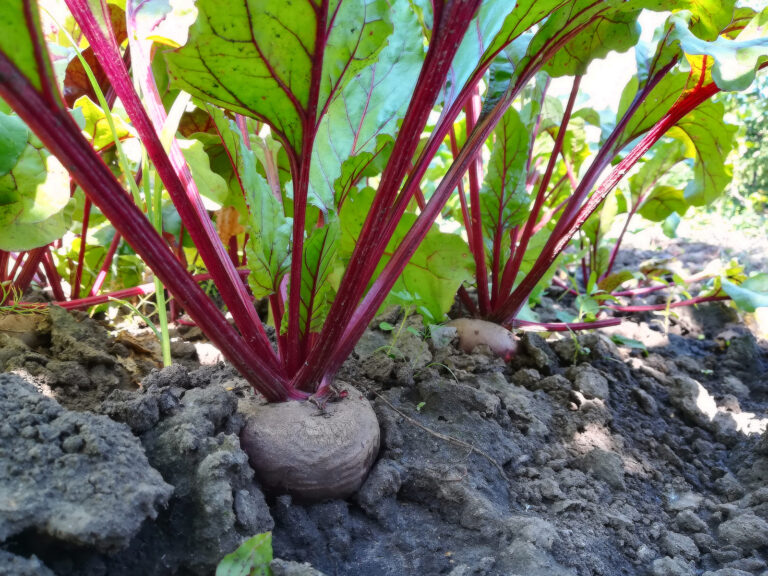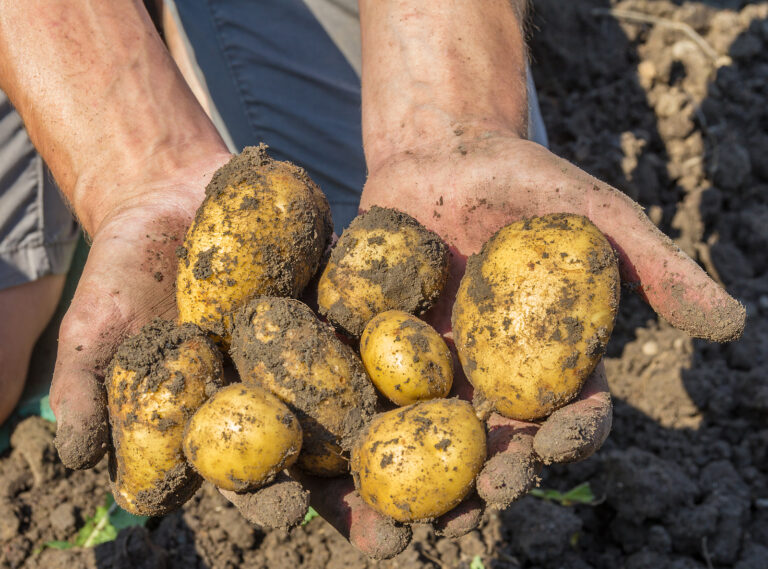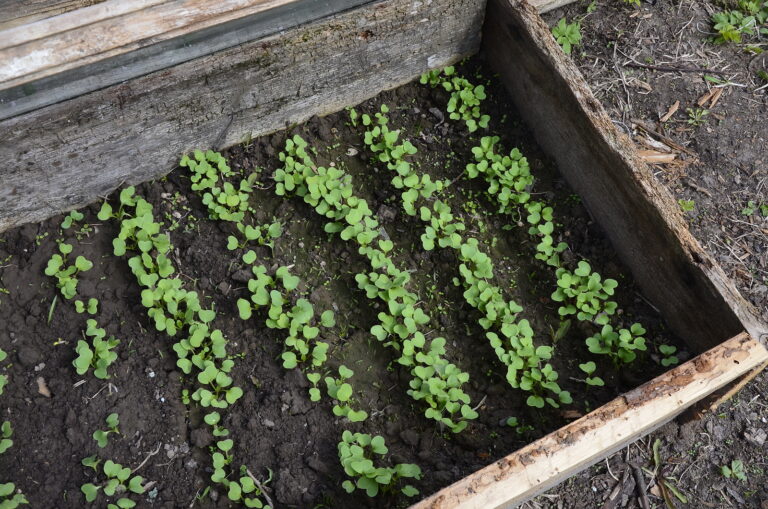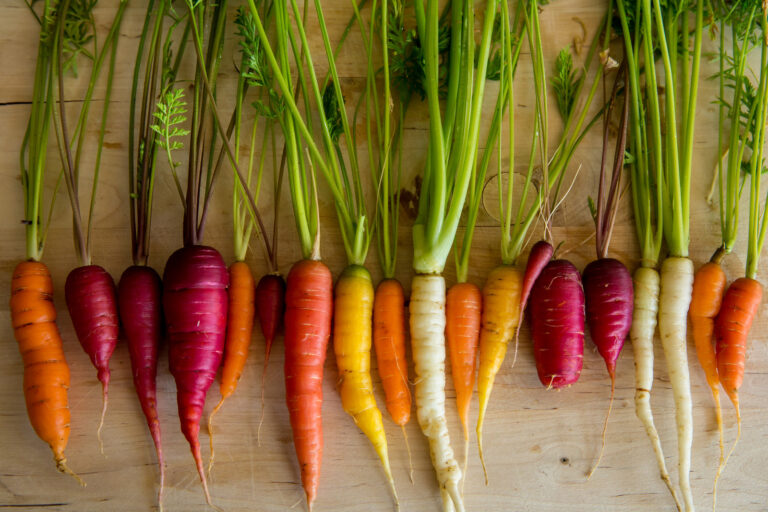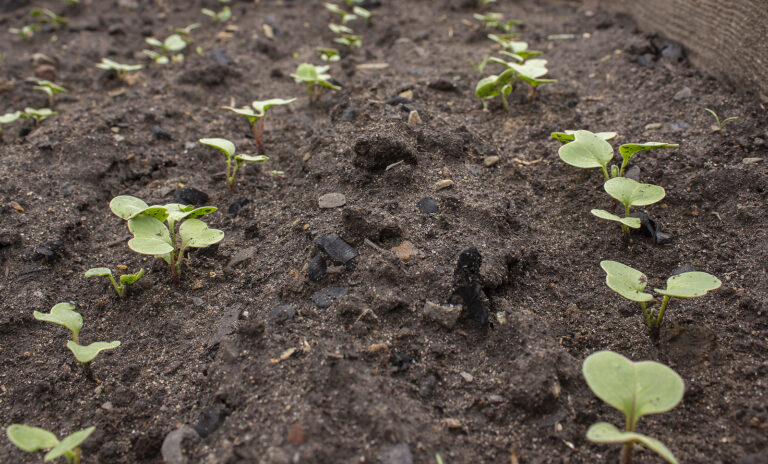How to Harvest and Store Parsnips
Harvest parsnips in autumn and winter. Where the ground freezes hard in winter, harvest parsnips before they freeze. Where the ground does not freeze, parsnips can be harvested from the garden as needed. Parsnips overwintered should all be lifted before new growth begins in spring.
Related articles:
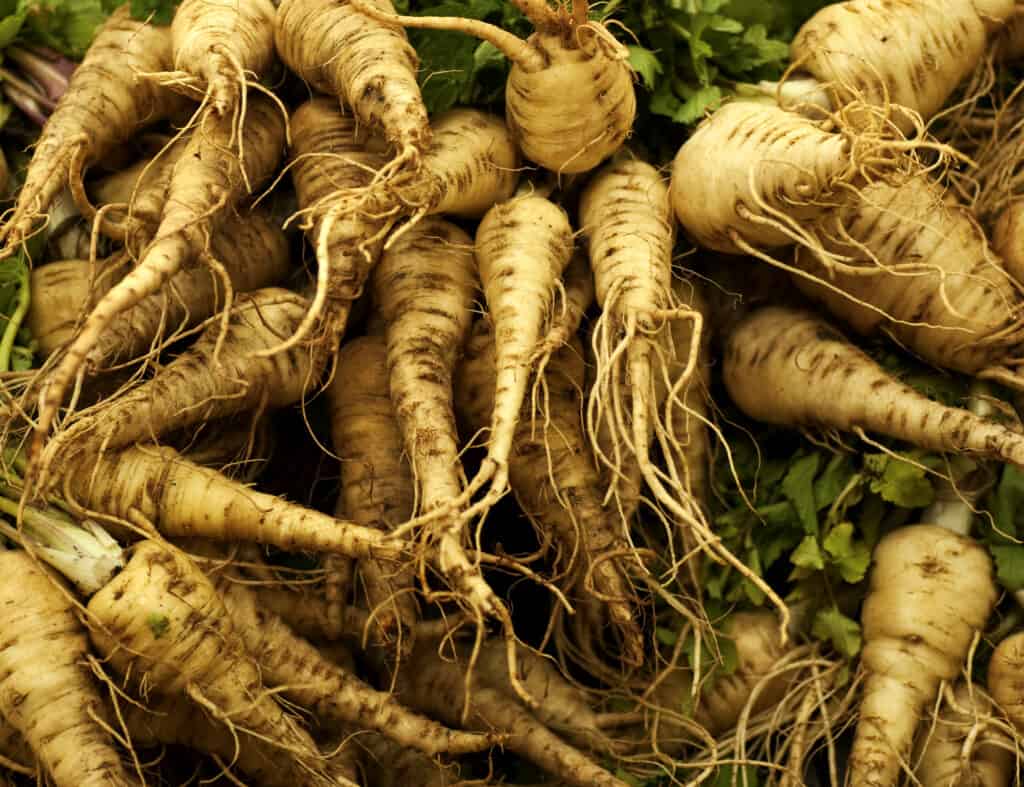
When to harvest parsnips
- Parsnips are ready for lifting 100 to 120 days from seeding.
- Harvest parsnips when roots reach full size, about 1½ to 2 inches (3-8 cm) in diameter and 8 to 12 inches (20-30 cm) long.
- Parsnip roots are best lifted in late fall after they have been exposed to several moderate freezes.
- Temperatures below °30F (-1°C) convert root starches to sugars giving parsnips a sweet, nut-like flavor.
- Parsnips can be left in the garden and harvested through the winter, but after new growth begins in spring, the roots lose flavor and will become lean, limp, tough, and stringy.
Kitchen Helpers from Amazon:
- Oster Vegetable Steamer
- Chef’s Knives Set of 6
- EZ Off Jar Opener for Weak Hands
- Pepper Core Remover Stainless Steel
- Kitchen Utensils – Set of 35
- Rachel Ray Non-Stick Cookware 12pcs
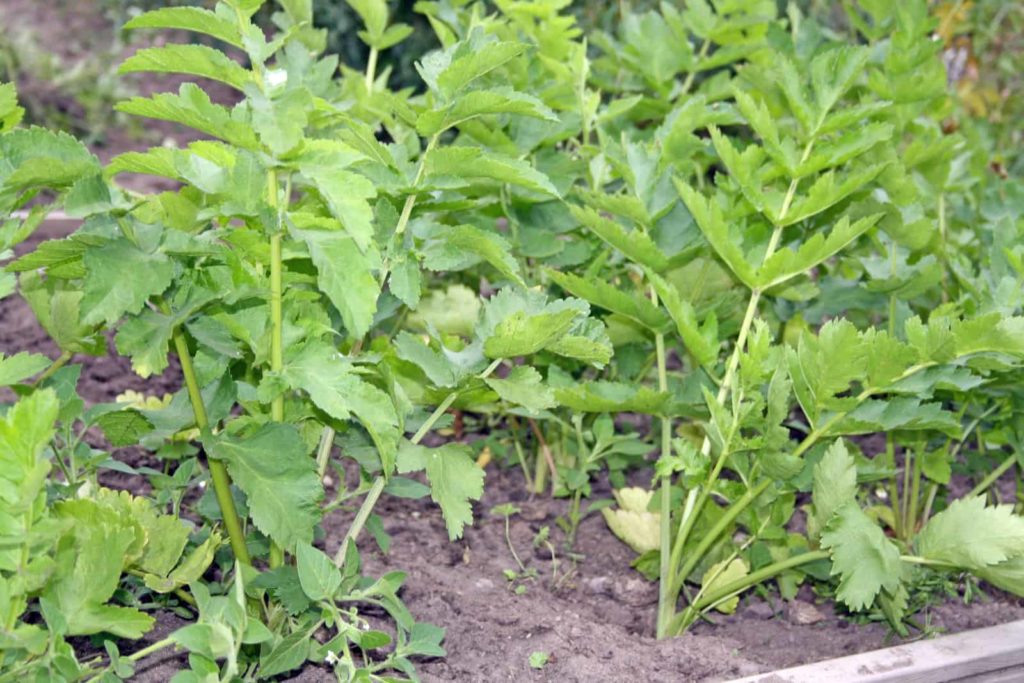
How to harvest parsnips
- Use a digging fork to loosen the soil around parsnip roots.
- Lift roots carefully; damaged and bruised roots do not store well.
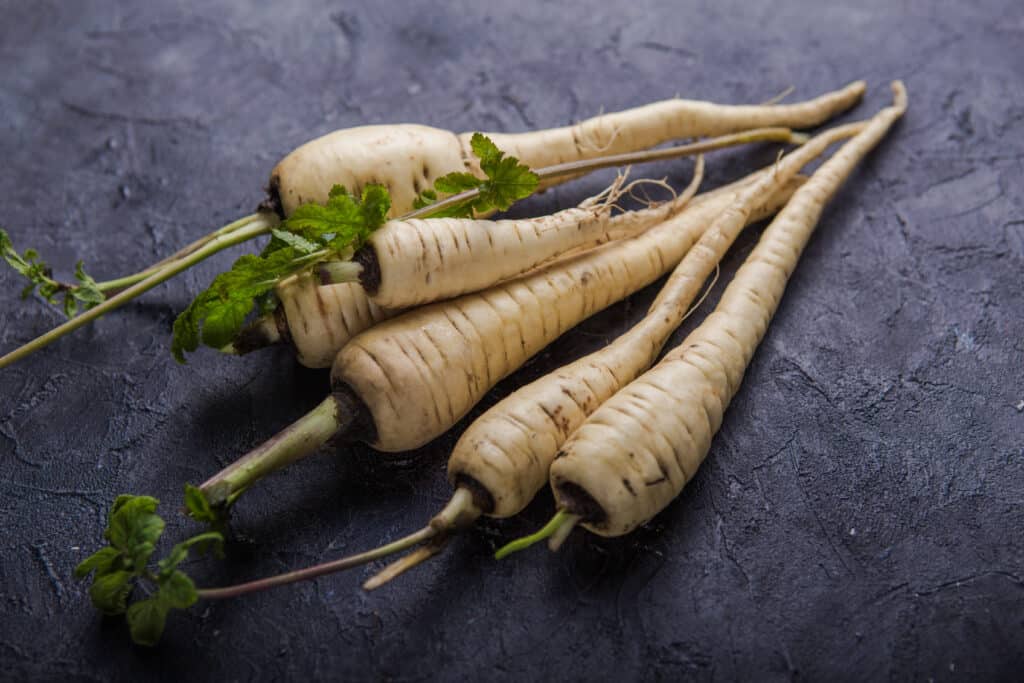
How to store parsnips
- Trim away all but ½ inch of foliage and brush away soil before storing parsnips.
- Store parsnips cold and moist, 32°-40°F (0°-4°C) and 95 percent relative humidity. Place roots in a perforated plastic bag in the vegetable crisper drawer of the refrigerator. A refrigerator provides the cold but also dries the air; placing parsnips in a perforated plastic bag creates a moist environment.
- Parsnips also can be stored in the garden, root cellar, or garage.
- Store parsnips in the garden if the soil can be insulated from freezing. Keep the soil at 35° to 40°F (2°-4° C) by putting a 10- to a 12-inch-thick layer of leaves, hay, or straw mulch over the rows; extend the mulch on both sides of each row by another 18 inches or more. This should protect roots even beneath two feet of snow. Dig roots through the winter as needed. If parsnips stay in the ground all winter, harvest them before new top growth starts in spring.
- If roots can’t be protected from freezing soil, dig them up and store them in a root cellar or basement or in a garage where the temperature is about 32° to 38°F (0°-3°C); store roots in a bucket or wooden box filled with just damp sand or sawdust. Pack the roots so that they are insulated and covered and do not touch one another; some moist air must be able to circulate so don’t completely seal the container.
- Parsnips will store for 4 to 6 months.
- Check roots during storage and remove those that begin to deteriorate.
- Do not store parsnips with apples or pears; those fruits emit natural ethylene gas which causes parsnip roots to become bitter.
Parsnip articles at Harvest to Table:
How to Harvest and Store Parsnips
Five Quick Ways to Cook and Serve Parsnips
Carrot and Parsnip Growing Problems Troubleshooting
Garden Planning Books at Amazon:
- Vegetable Garden Almanac & Planner
- Kitchen Garden Grower’s Guide Vegetable Encyclopedia
- Vegetable Garden Grower’s Guide
- Tomato Grower’s Answer Book
More harvest tips:
Learn when and how to harvest your favorite vegetables for the best flavor and texture. Get storage tips for each crop. Click on the vegetable you are growing below.
- Artichoke
- Arugula
- Asparagus
- Beans
- Beets
- Broccoli
- Brussels Sprouts
- Cabbage
- Cantaloupe — Melons
- Carrots
- Cauliflower
- Celery
- Chard
- Collards
- Corn, Sweet
- Cucumbers
- Eggplant
- Endive and Escarole
- Garlic
- Jerusalem Artichoke
- Kale
- Kohlrabi
- Leeks
- Lettuce
- Melons
- Okra
- Onions
- Parsnips
- Peas
- Peppers
- Potatoes
- Pumpkins
- Radicchio
- Rhubarb
- Rutabaga
- Spinach
- Squash, Summer
- Squash, Winter
- Sunchokes
- Sweet Potato
- Swiss Chard
- Tomatillo
- Tomatoes
- Turnips
- Watermelon
Parsnip Learning Hub
Start here: How to Plant, Grow, and Harvest Parsnips: A Complete Guide
Planting & Timing
- When to Plant Parsnips: Best Soil Temperature & Seasonal Timing Explained
- How to Prepare Soil for Parsnips: Bed Prep, pH, and Amendments
- Parsnip Seed Germination Tips: How to Ensure Even, Fast Sprouting
Location & Setup
- Where to Grow Parsnips: Sun, Soil, and Garden Bed Requirements
- How to Grow Parsnips in Raised Beds
- Growing Parsnips in Containers: Soil Mix, Size, and Yield Expectations
Planting Techniques
- Parsnips Seed Starting Tips
- How to Plant Parsnip Seeds for Straight, Long Roots
- Parsnip Spacing Guide: Row Spacing, Thinning, and Root Development
Care & Maintenance
- How to Water Parsnips: Moisture Needs at Every Stage
- How to Feed Parsnips: Fertilizer Timing and Organic Amendments
- Parsnip Care Guide: Mulching, Weeding, and Protecting Roots
Companions & Intercropping
Pest & Diseases
Harvest & Kitchen
- How to Harvest and Store Parsnips
- How to Preserve Parsnips: Freezing, Drying, and Cellaring
- Five Ways to Cook and Serve Parsnips
Varieties

